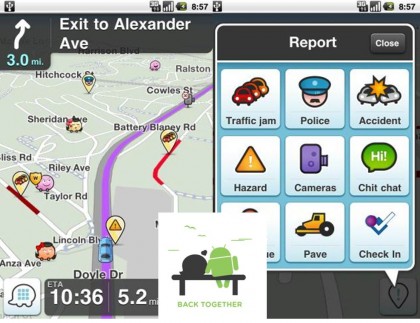
The tech world went a little crazy when the Nest thermostat launched. However, we haven’t seen quite the same level of excitement for the home automation services making their way to market from the cable and telco providers. And those services are growing by the day. Comcast has launched Xfinity Home to about one third of its customers, and plans to cover almost its entire footprint by the end of the year. Time Warner Cable also said in a recent earnings report that it plans to extend its home automation service to more markets in 2012. And Verizon is quite likely to do the same, having debuted its home control service back in October.
Of course, the MSOs are offering something quite a bit different from Nest. The full Xfinity Home package, for example, includes thermostat control, home security, door and window sensors, motion detectors, smoke detectors, lighting control and a glass-break sensor. Nest is just a smart thermostat. But the beauty of Nest is that it offers something simple, and you only have to buy it once – no subscription fee required.
The operators are betting big that home automation will give them another value-added service to keep margins up and avoid the dumb pipe scenario. However, I have to wonder if subscribers are willing to fatten up the cable/telco monthly bill even more. Home security is its own business, and perhaps the operators can chip away at ADT’s market share. But adding on a regular fee for thermostat or lighting control strikes me as a hard sell. Maybe I’m wrong. Maybe this is like the DVR, and only when the cable/telco industry jumps on board will the market really take off. But personally, if I decide to spent money on temperature control, I’ll pick up the Nest device. It sure is prettier.


